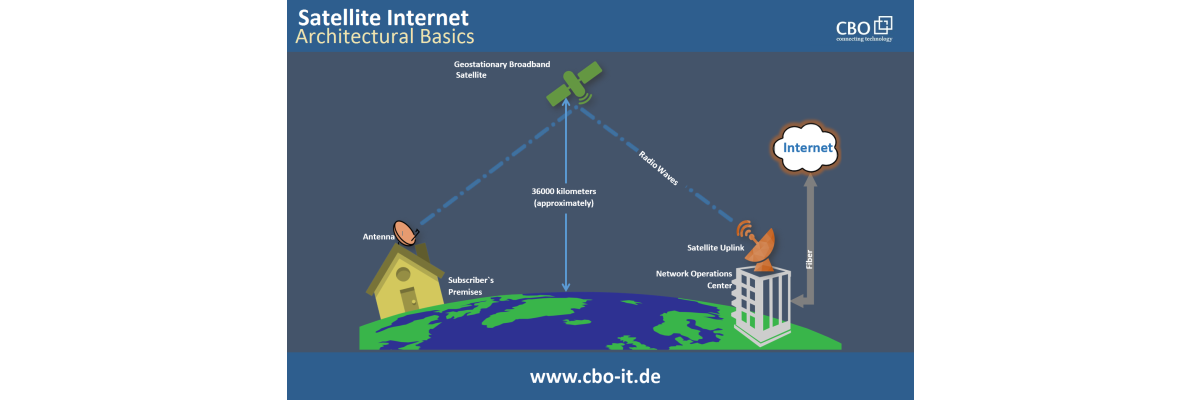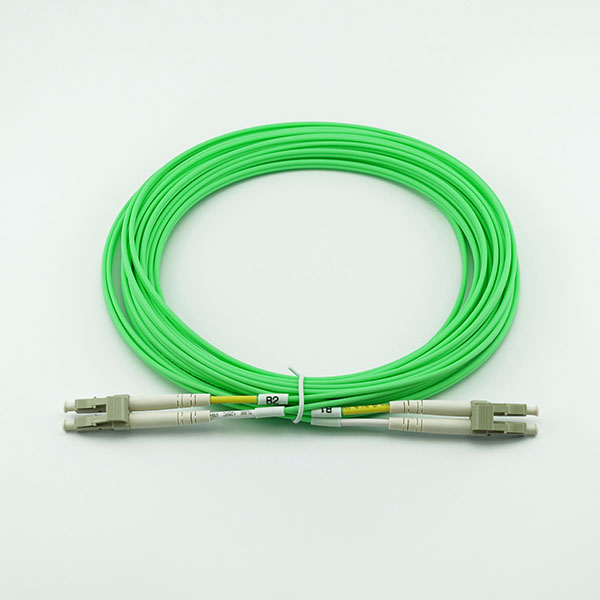
Introduction of OM5 Multi-mode Optical Fibers
Fiber optics technology has revolutionized the world in how we define communications. We have seen the shift in the development of communication systems, but a huge leap was made with the invention of optical fibers. In the age of the internet, more than 2.1 billion people have access to a smartphone which means that they have access to the internet. A majority of the people have access to more than one device which is used to connect to the internet. This creates an effect which increases the data traffic any minute. So, with the increasing need for more data flow, optical fibers have been in demand more and more ever since.
Along with the on-going development in technology, optical fibers were improved from time to time to accommodate more data flow. After many upgrades, multi-mode fibers have been classified into four different categories OM1, OM2, OM3, and OM4. With the data centers increasing along with the need for increased bandwidth and higher speed, the OM5 fiber was introduced to the market recently. The OM5 fiber is a type of the multimode fiber which is of the latest kind.
A multimode optical fiber is used for carrying multiple light signals within its core. This makes the transmission of data faster. Multimode optical fibers can be used on short distances as the light signals can get dispersed over the transmission. This is also known as modal dispersion. Multimode optical fibers are the backbone of the Ethernet and have always served its purpose of delivering fast and reliable speed for data center applications.
28% of the data centers have reported that the solution for the need for more data flow would be to open new data centers. But 53% of the data centers have expressed their interest in expanding the bandwidth which is the obvious and the cheaper solution. And therefore, it is relevant that the OM5 optical fiber appeared in the picture.
What are OM5 Multi-mode Optical Fibers?
The Telecommunications Industry Association decided to develop a type of multimode optical fiber which was an improvement of the OM4 optical fiber. The OM5 optical fiber cable is a wideband multimode optical fiber product with a core size of 50µm and a cladding of 125µm. These fiber cables will support a 40G, 100G, 200G and 400G worth of applications in the first place.
OM5 is designed for supporting Shortwave Wavelength Division Multiplexing which is an acronym for SWDM. SWDM uses a technology which uses four different wavelengths along the range of 840nm to 953nm on one fiber. This helps to reduce the fiber count by at least four which means that the wavelengths increase the capacity of the optical fiber by at least four counts with the concept of using multiple wavelengths.
It is also important to mention that the official patch color of the OM5 is lime green.

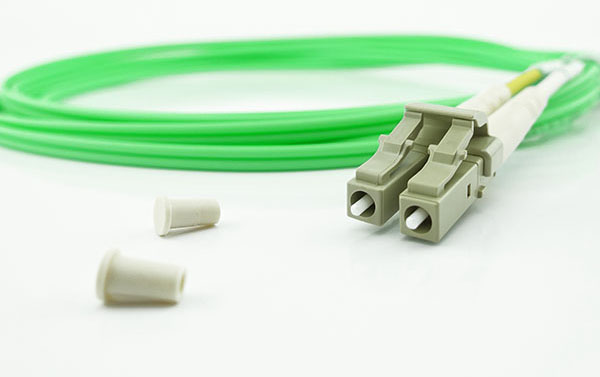
Important key features of the OM5 Multi-mode Optical Fibers
1. The OM5 Multi-mode Optical Fiber was developed to have an Effective Modal Bandwidth from 840nm to 953nm.
2. The OM5 Multi-mode Optical Fiber was developed to support up to 400G Ethernet and 32G Fibre Channel applications.
3. The OM5 Multi-mode Optical Fiber has reduced chromatic aberration and is backwards compatible to the other OM categories as well.
Advantages and Disadvantages of OM5 Multi-mode Optical Fiber
The OM5 fiber has been christened as the future of the optical fiber technology, and it beats the previous versions because of the following reasons:
1. OM5 is highly compatible with its earlier counterparts. If a data center is looking for expanding its bandwidth limit by installing OM5 fibers, it will be easy to do so. As the size of the OM5 core is the same as from OM4 and OM3. Therefore, OM5 is designed in such a way that it supports all existing infrastructure and in turn will not require massive changes.
2. OM4 fibers are designed to support at least 100 meters of the link length with 100G-SWDM4 transceivers. This is already great for short reach distances, but the OM5 fibers can support on up to 150 meter of link length with the same transceivers. So that is an apparent reason why the OM5 fiber serves to be more advantageous than the rest of the OM optical fibers.
3. OM5 is a multimode fiber (MMF), and as compared to single-mode fibers (SMF), multimode cables are not cheaper than single-mode cables, but the transceiver modules for multi-mode are much cheaper than the single-mode types. Setting up a data center is not an easy matter as it is an expensive industry. There are expenses to be considered for setting and running a data center. Therefore, altogether the OM5 multi-mode fiber solution offers a more cost-effective solution for building a data center with more advantages.
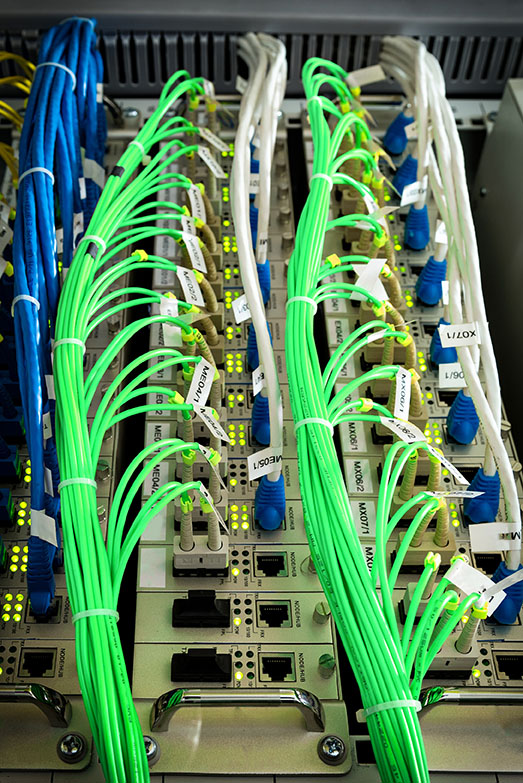
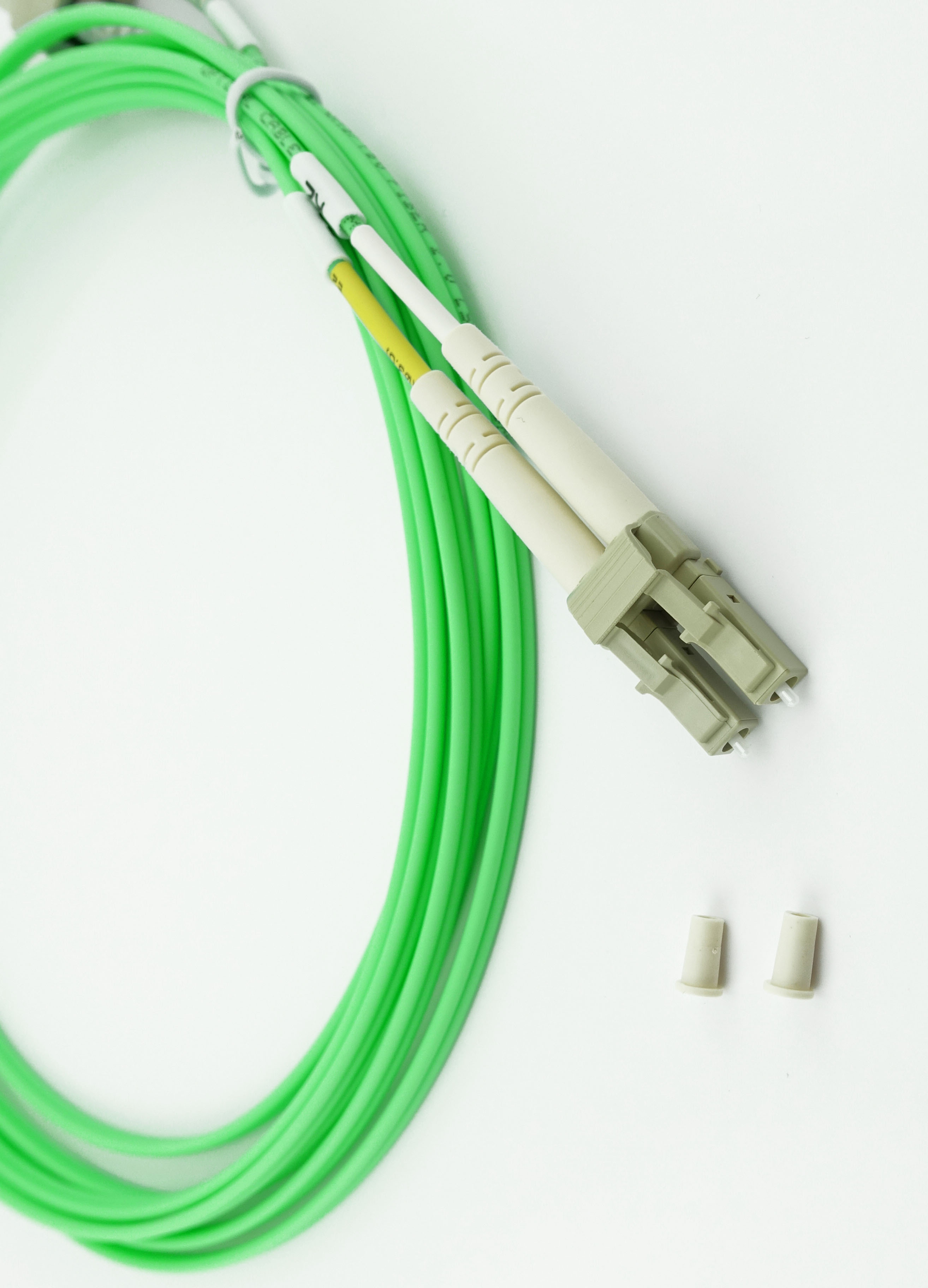
OM5 fiber was introduced in 2017 which is very recent. While the OM5 optical fiber presents a solution for enhanced data speed and transmission, it has its own set of weaknesses. The main disadvantages of using the OM5 optical fiber are:
1. The OM5 is not cheaper compared to the single-mode fiber and when it is compared to its multimode fiber alternatives, it is costlier. The patch cables are sold at a higher price in the market, and this has made people skeptical about shifting to OM5. Hence by now, the masses have stuck with OM4 because of its cost-effectiveness.
2. OM5 is commonly used with the 100G-SWDM4 transceiver to operate. Since the technology is entirely new, the production of these transceivers is limited as of now. As a result, the production of OM5 fibres is currently still a marginal phenomenon.
Conclusion to OM5 Multi-mode Optical Fibers
The OM5 fiber is a robust optical fiber, and its technology is driving the future of the data centers forward. With time, there is an increase in bandwidth requirement and along with it the development in the technology that accompanies it. The OM5 fiber has opened the floodgates of the popularity of 200G and 400G Multi-mode Ethernet which is a faster and a more reliable form of a fiber network. While the OM4 is a multimode fiber that operates almost as same as the OM5, it loses out to the latter because of its lower bandwidth capacity. The OM5 can offer enhanced performance compared to OM3 and the OM4 especially when it is combined with SWDM or BiDi technology.
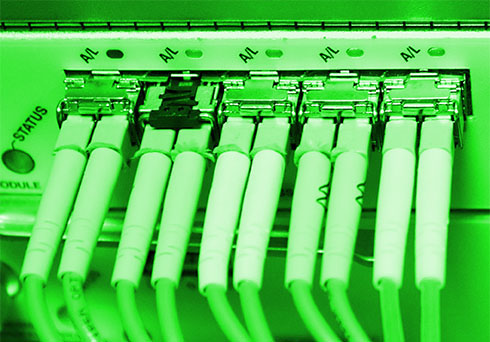
 English
English
 Deutsch
Deutsch
 Espaniol
Espaniol









